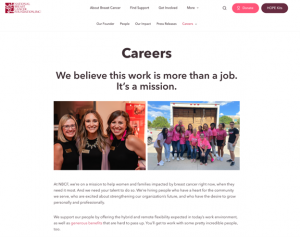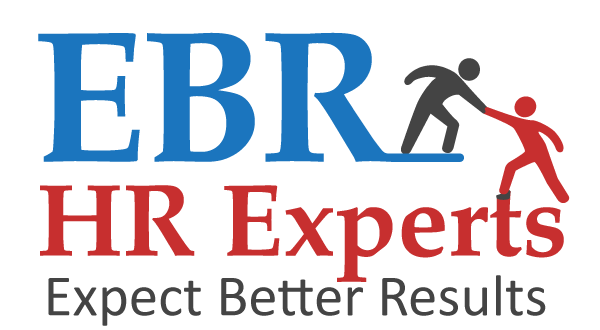Our guest writer this month is Rachel Kennedy, owner of Southern Lighthouse, an employer branding content agency.
“We’re desperate”

My heart broke when I read the hand-written sign that said, “We’re Desperate” outside of my favorite fried chicken restaurant in Dallas.
Reading the hand-written chalk sign broke my heart, thinking of the hiring struggles happening in so many of our businesses right now.
We are certainly living in a candidate’s market. That means communicating in the way that candidates want to be communicated with. Not out of desperation, but instead out of a place that offers value.
Are you struggling to hire? Do a quick search on Indeed.com for one of your open roles. Type in “Office Manager” and “Dallas, Texas” and see how many job opportunities pop up. The results likely run in the hundreds. This means that your ideal candidate has hundreds of opportunities to choose from, so it is critical to stand out in a positive way.
But how?
Employer branding starts with your Employee Value Proposition, or EVP for short. This is the compelling answer to the question: “Why should I work here instead of somewhere else? What’s in it for me?” Potential employees want to know why they should work for you, when they could work in a comparable role at 389 other companies.
The first step in sharing your EVP is writing and speaking with candidate-centric language. I’ll modify President John F. Kennedy’s famous quote here: “Ask not what your candidate can do for you – share what you can do for your candidate.”
Practically, this means erasing “Apply Now” and “We’re Hiring”, replacing it with what you can offer.
I recently worked with the National Breast Cancer Foundation as they were struggling to fill an executive-level role. Their careers page and job description listed the experience and degree requirements (just like the other 389 job openings on Indeed), but it failed to mention anything about their life-saving mission!
After we worked together, we rewrote their careers page and the first paragraph of the job description to include their WHY: to help and inspire hope in those affected by breast cancer through education, early detection and support services. It became such a powerful, stand-out message! (And they have a high-level quality applicant interviewing now!)

Consider your current job postings: do they speak with candidate-centric language? (Here is what we offer you!) Do you list your benefits? Do you describe your mission?
Next time I return to my beloved fried chicken restaurant (I pray that it is still open!) I would offer this advice: erase the company-centric, anguished language of “Apply Now! We’re Hiring! We’re Desperate!” and instead use candidate-centric, WHY language. “We offer a positive, fun work environment, free meals during shifts, free parking, flexible hours, and free smells.” My fingers are crossed that they enumerate their benefits they offer, and outline their mission to get more amazing team members to join, so I can dig into my fried chicken this weekend.
*************************
As a lover of company culture, Rachel Kennedy believes the most powerful lighthouses shine from within. After 13 years of leading recruitment at The Beck Group and The Container Store, Rachel founded Southern Lighthouse, an employer branding content agency that helps recruiters, marketers and leaders at growing firms strategically attract the right people to their unique cultures through better candidate messaging & content.
Rachel graduated with a Bachelors in Psychology from Austin College, and holds a Masters in Sustainability from Southern Methodist University. Rachel is a mom of two wild boys, cookie lover, wife, and tea aficionado who lives in Dallas, Texas. Connect with Rachel at Rachel@SouthernLighthouse.com.



